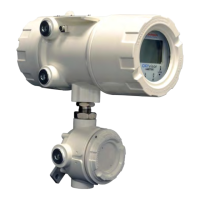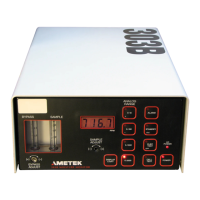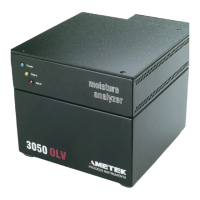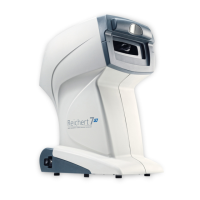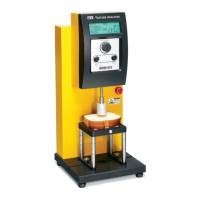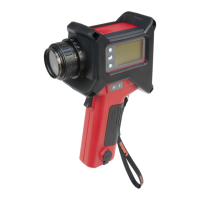3. SPECIFICATIONS
3.1. Performance
Conversion Gain 1024 channels.
Coarse Gain Gain settings of 1, 3, and 9, controlled by jumper setting as described in
Section 2.2. Factory setting is 1×.
Fine Gain 0.4–1.2.
Integral Nonlinearity #±0.05% over the top 99% of the range.
Differential Nonlinearity #±1% over the top 99% of the range.
Dead-Time Accuracy <5% error up to 50k cps input count rate. Dead time is measured with
the a Gedcke-Hale live-time clock.
3
Detector Voltage 0 to +1200 V dc in steps of 1.25 V under computer control. Read-back of
high voltage is available.
Offset Drift <50 ppm of full-scale range per °C.
Gain Drift <150 ppm per °C.
Shaping Time Bipolar shaping adjustable under computer control from 0.75 ìs to 2 ìs in steps
of 0.25 ìs.
Presets
! Live Time up to 8.5×10
7
seconds in steps of 20 ms
! Real Time up to 8.5×10
7
seconds in steps of 20 ms
Spectrum Stabilizer The digiBASE features built-in gain and offset stabilization circuitry.
Stabilization is performed by providing a reference peak in the spectrum, which the MCA can
monitor, should drift be detected, the gain and offset of the system are adjusted automatically to
correct for the drift. The stabilizer can correct for 10% of FSR error in offset and uses the full-
range of the fine gain to correct for gain errors.
3
Ron Jenkins, R. W. Gould, and Dale Gedcke, Quantitative X-Ray Spectrometry (New York: Marcel Dekker,
Inc.), 1981, pp. 266–267.
19

